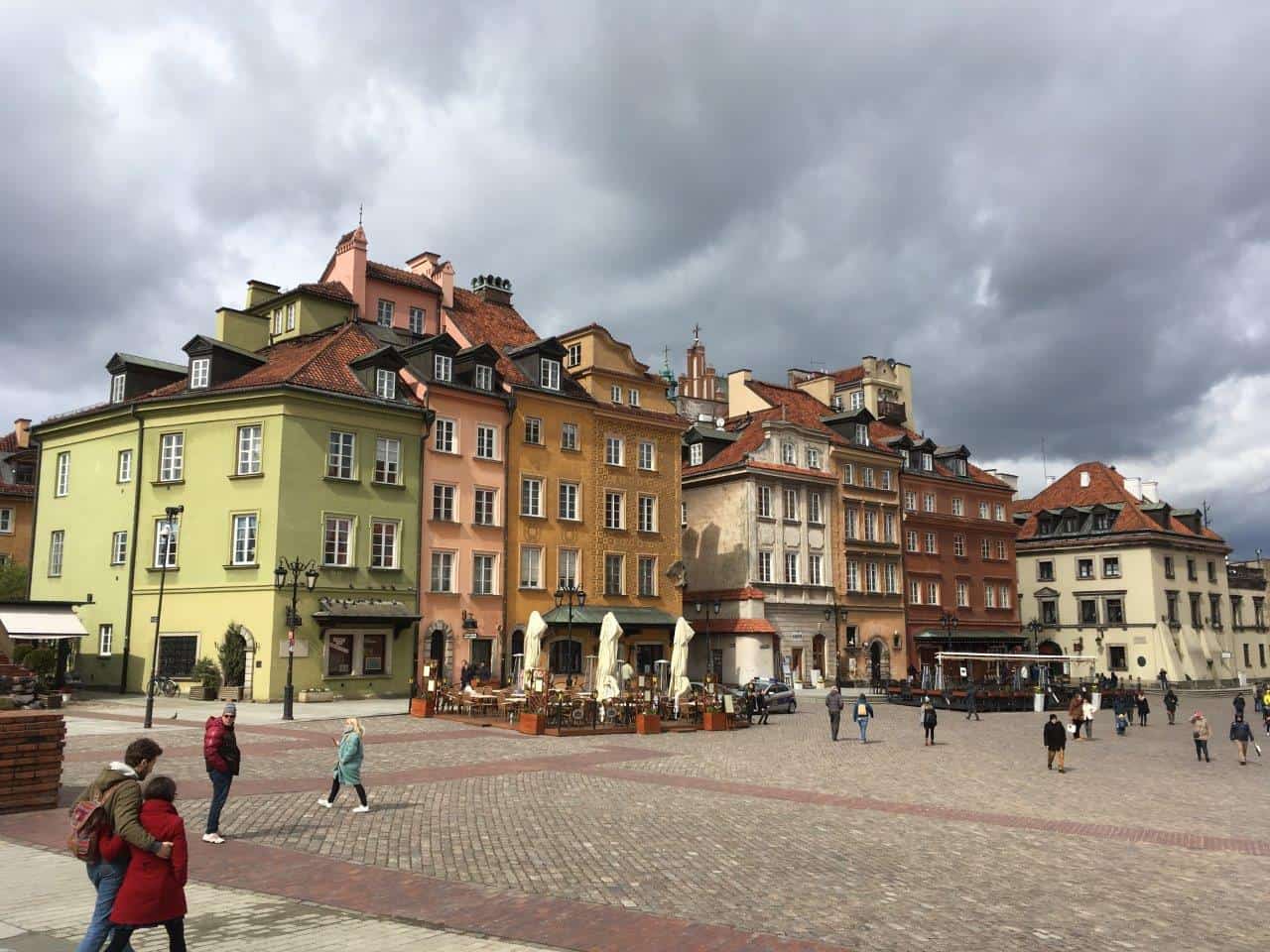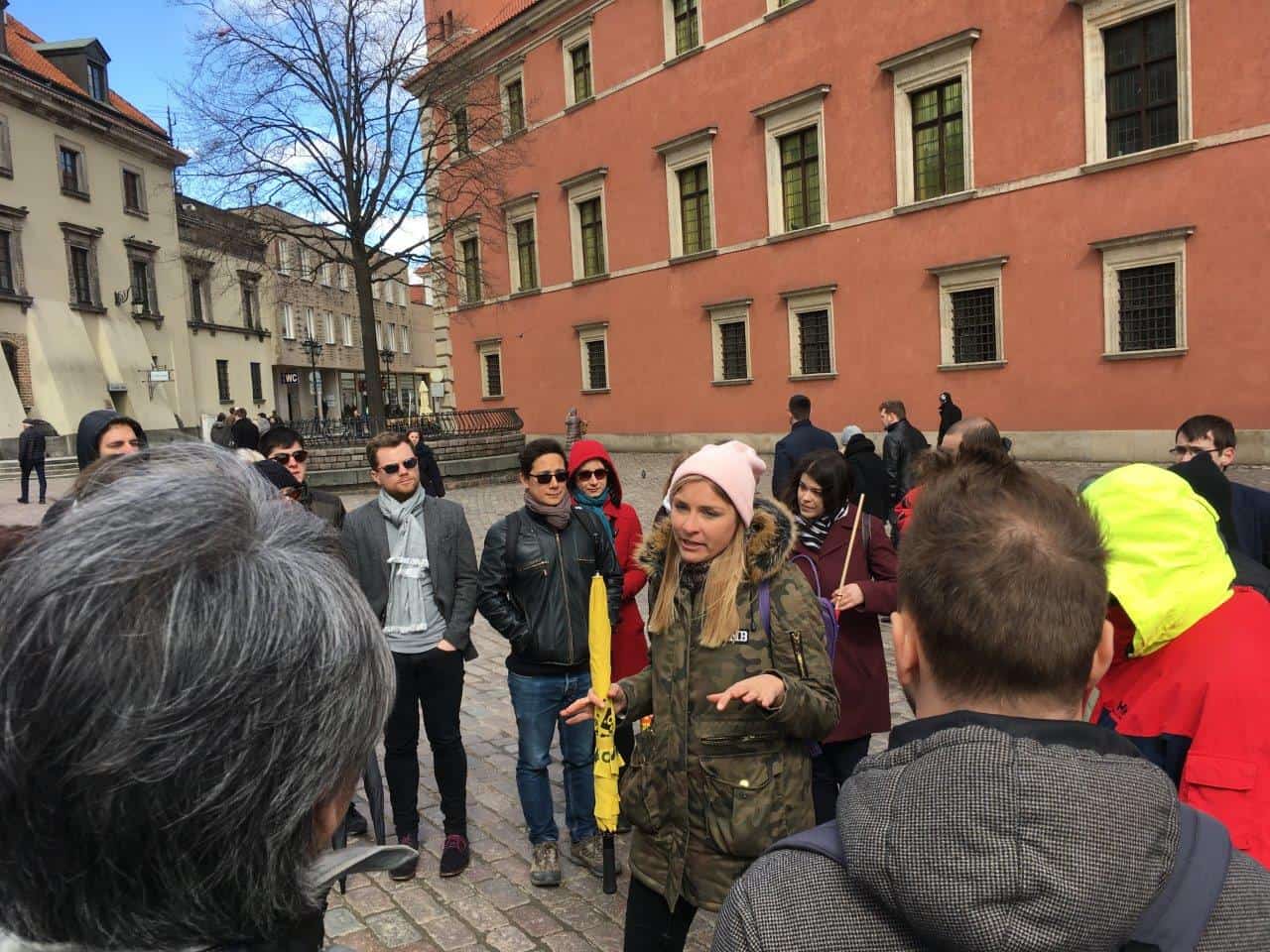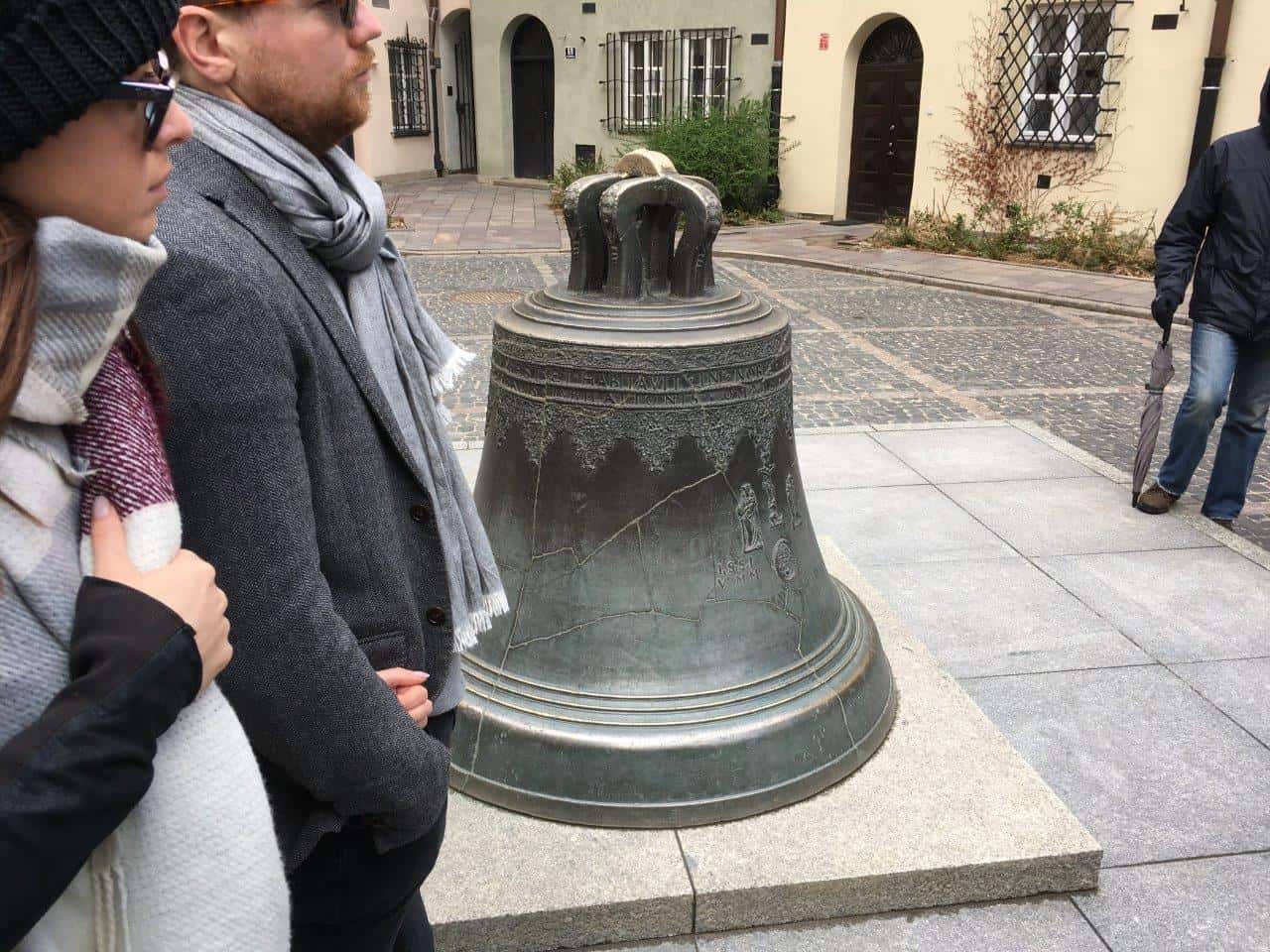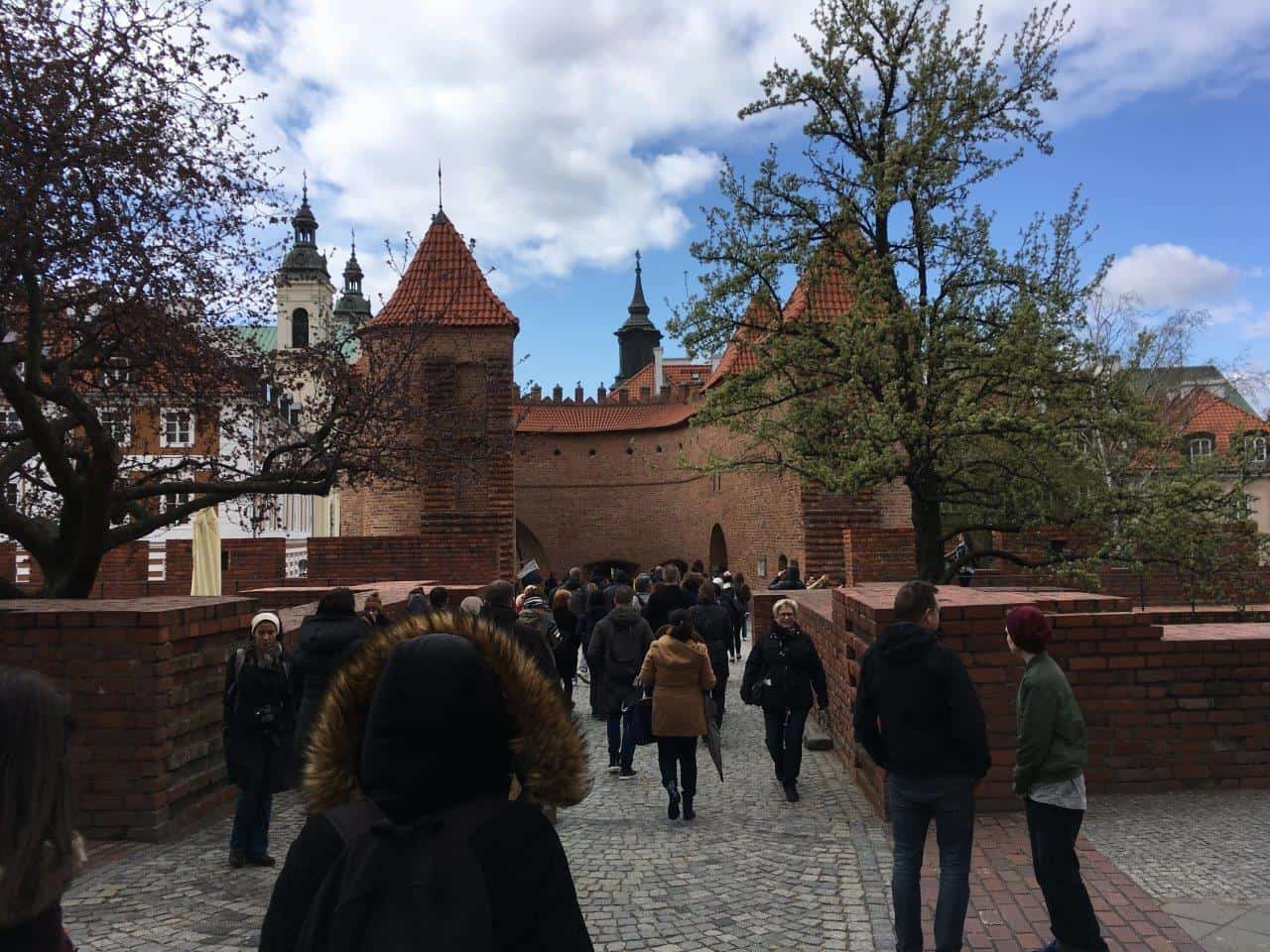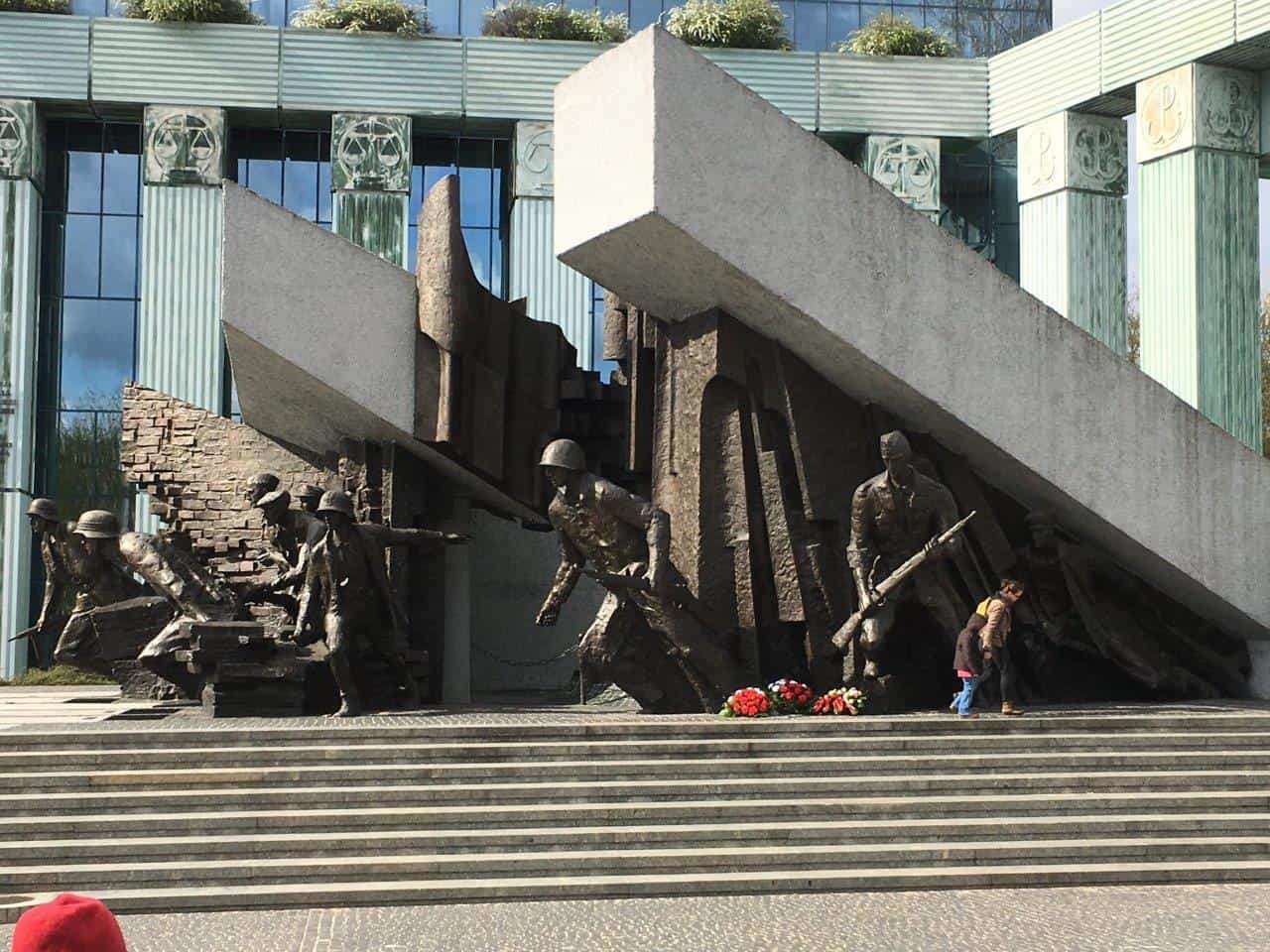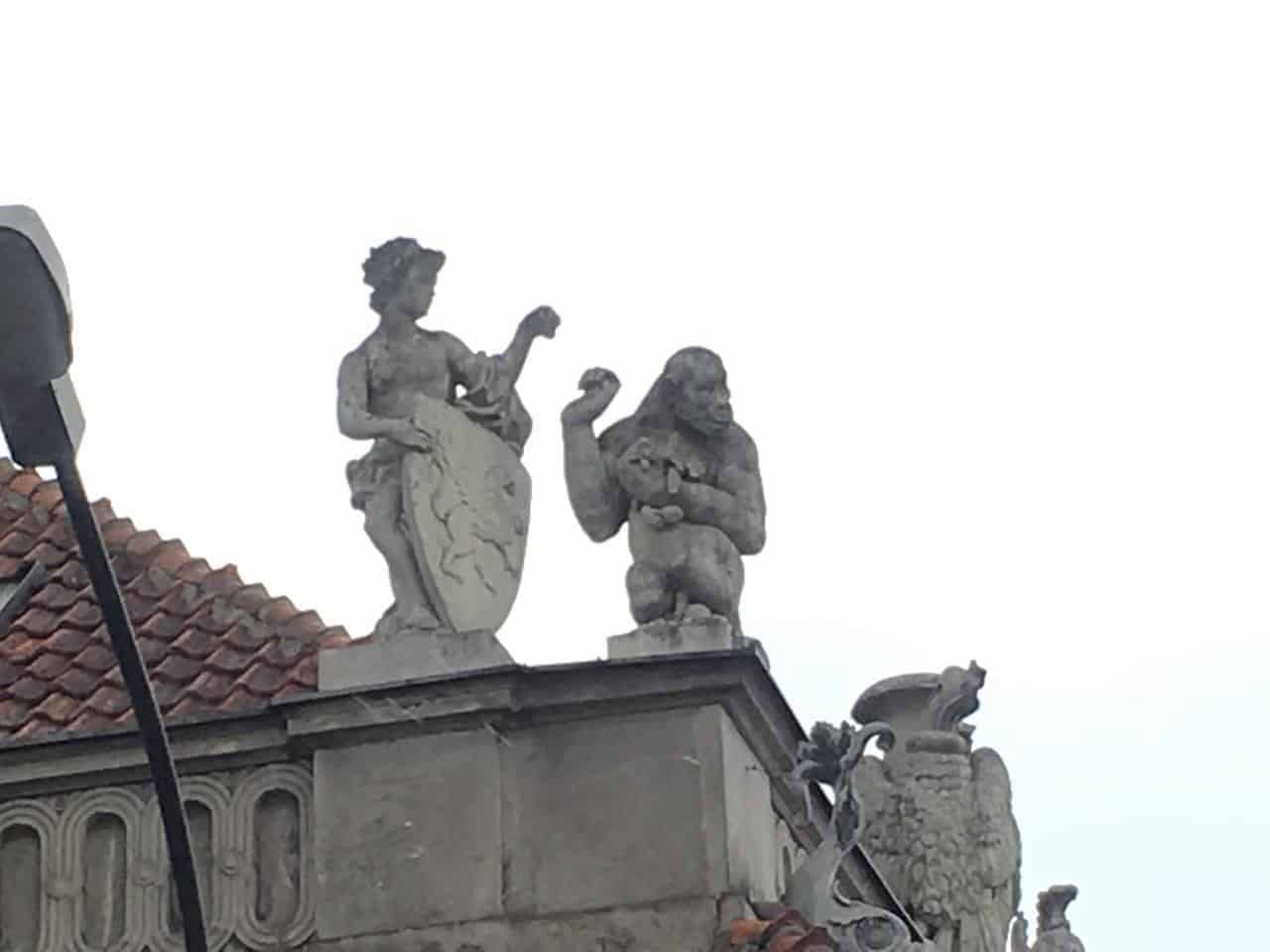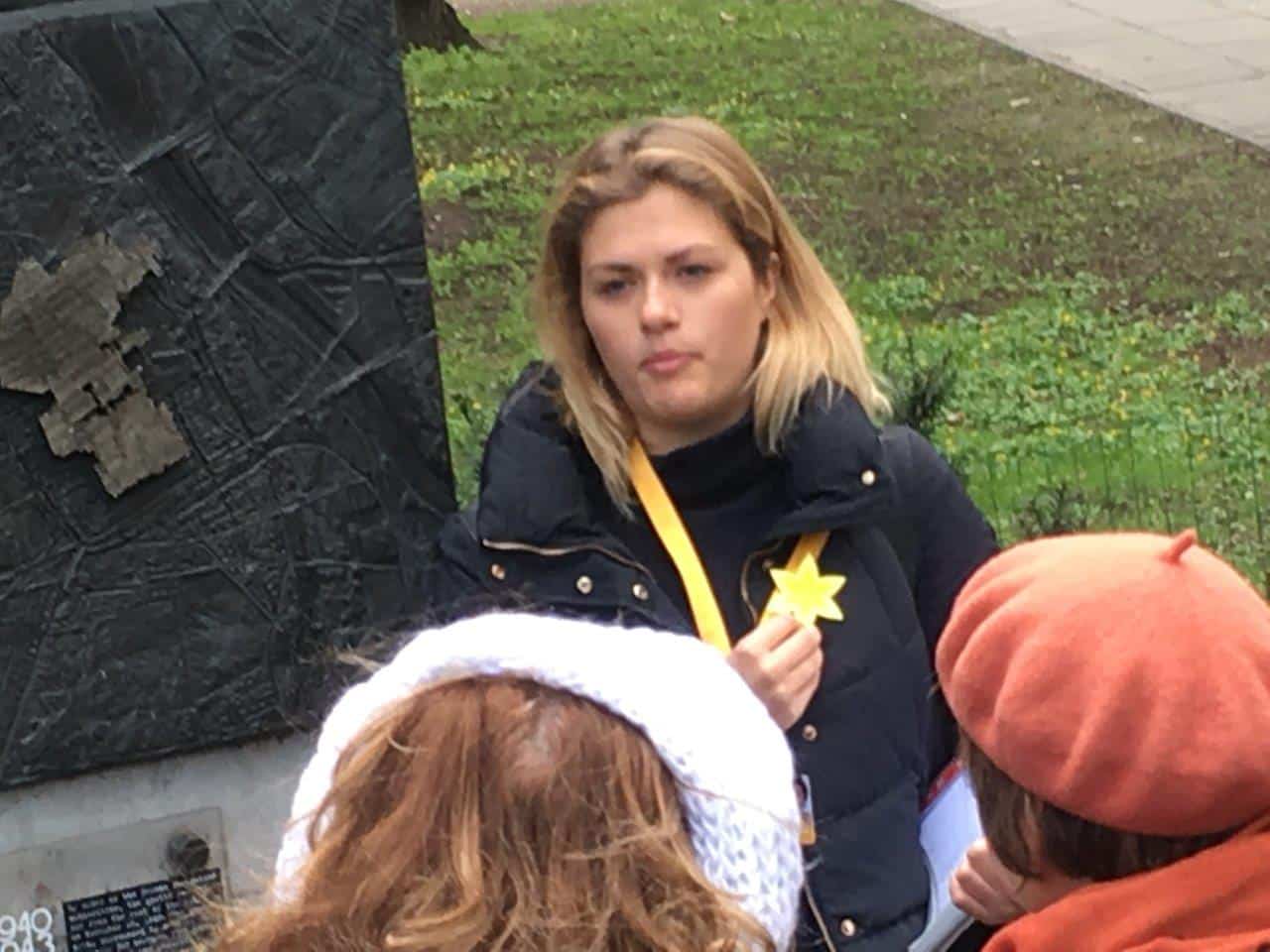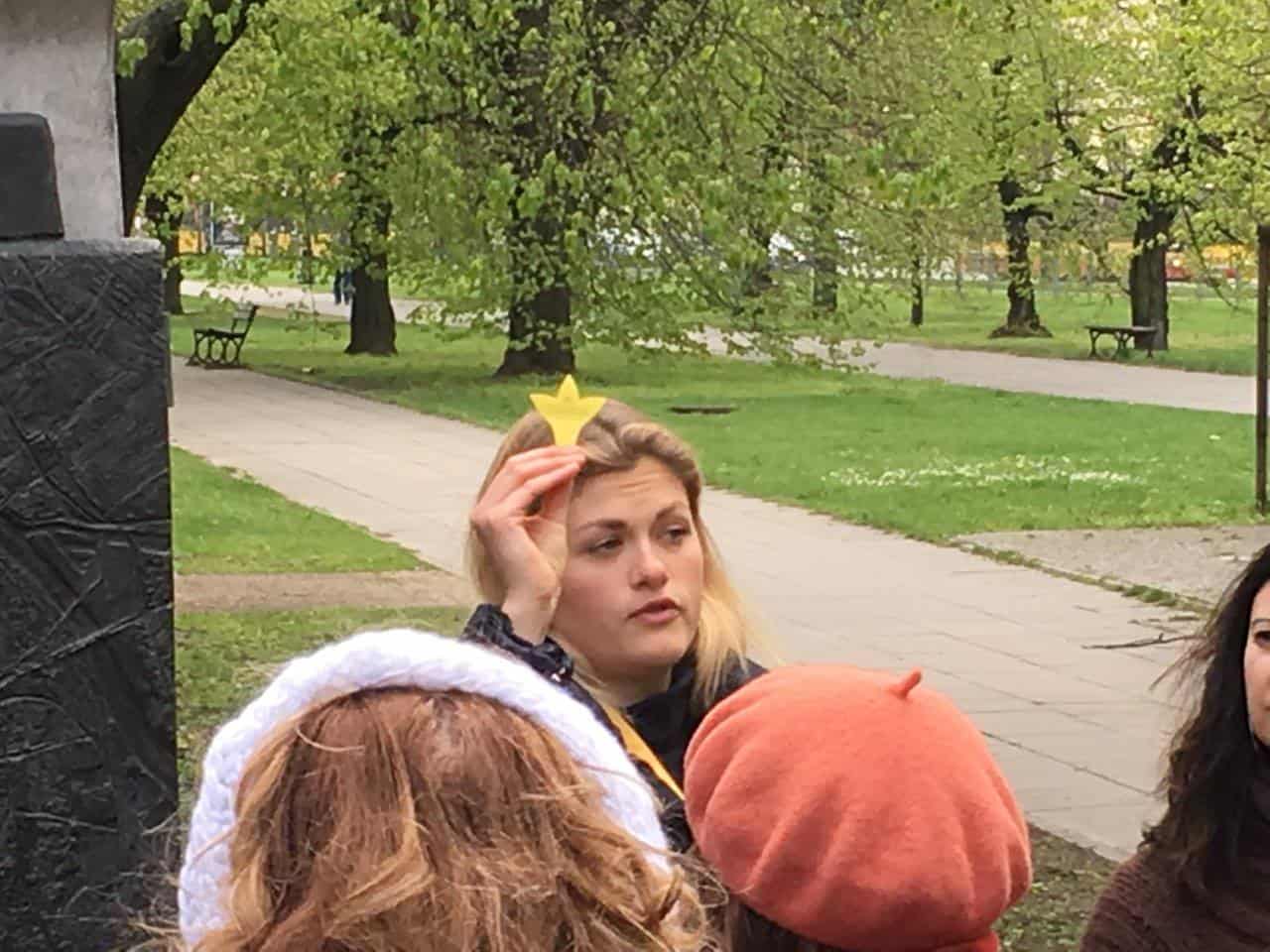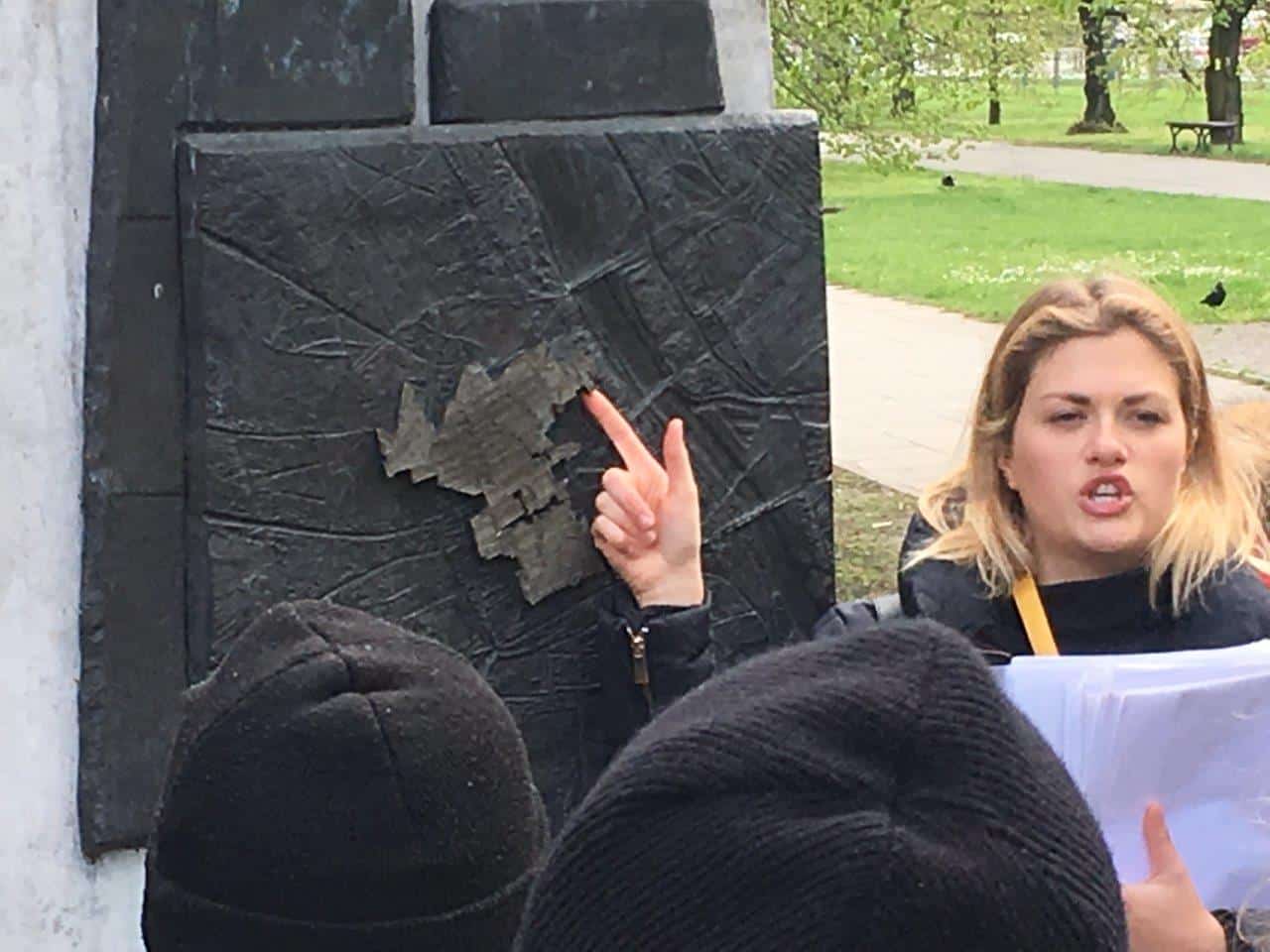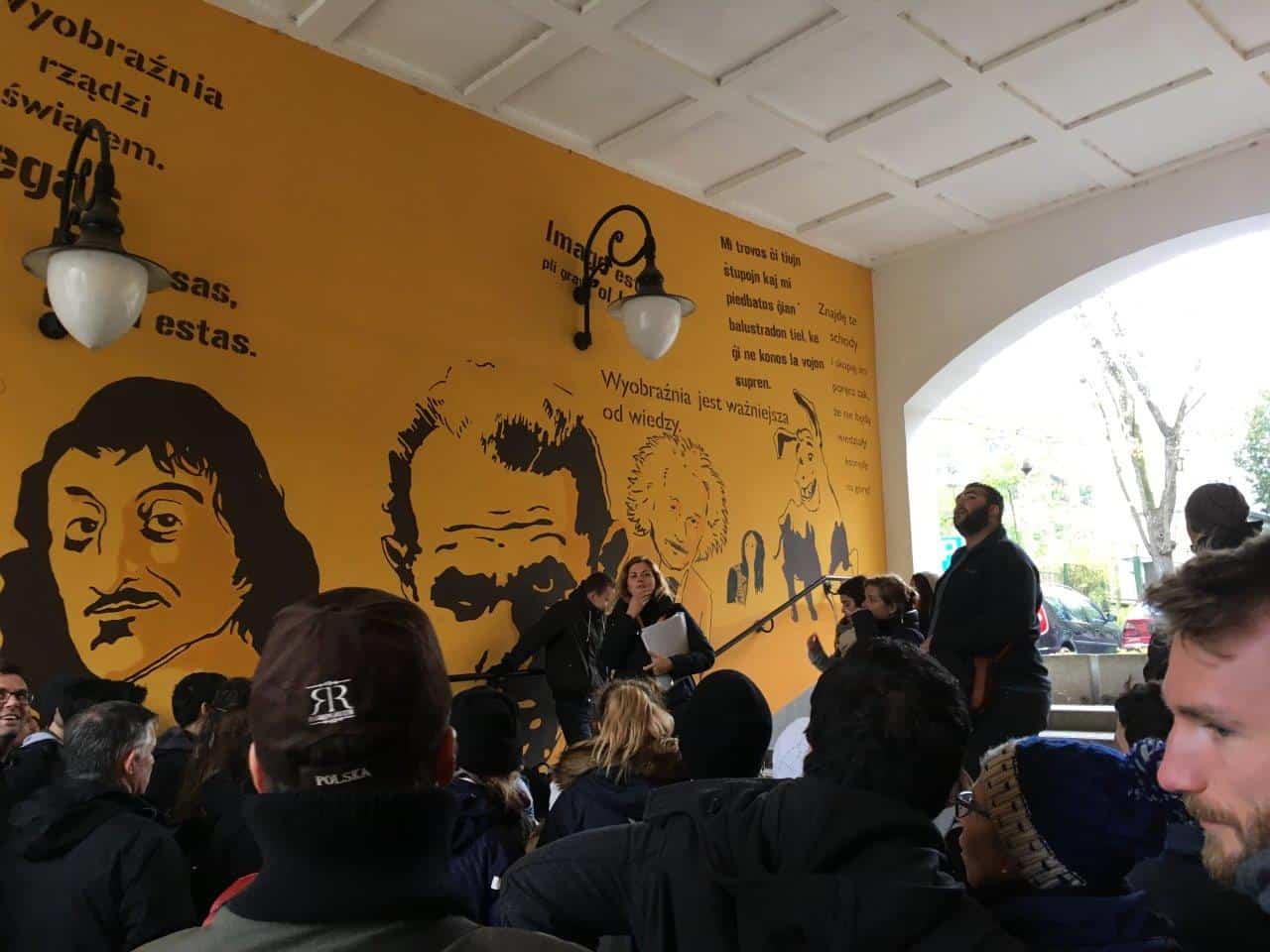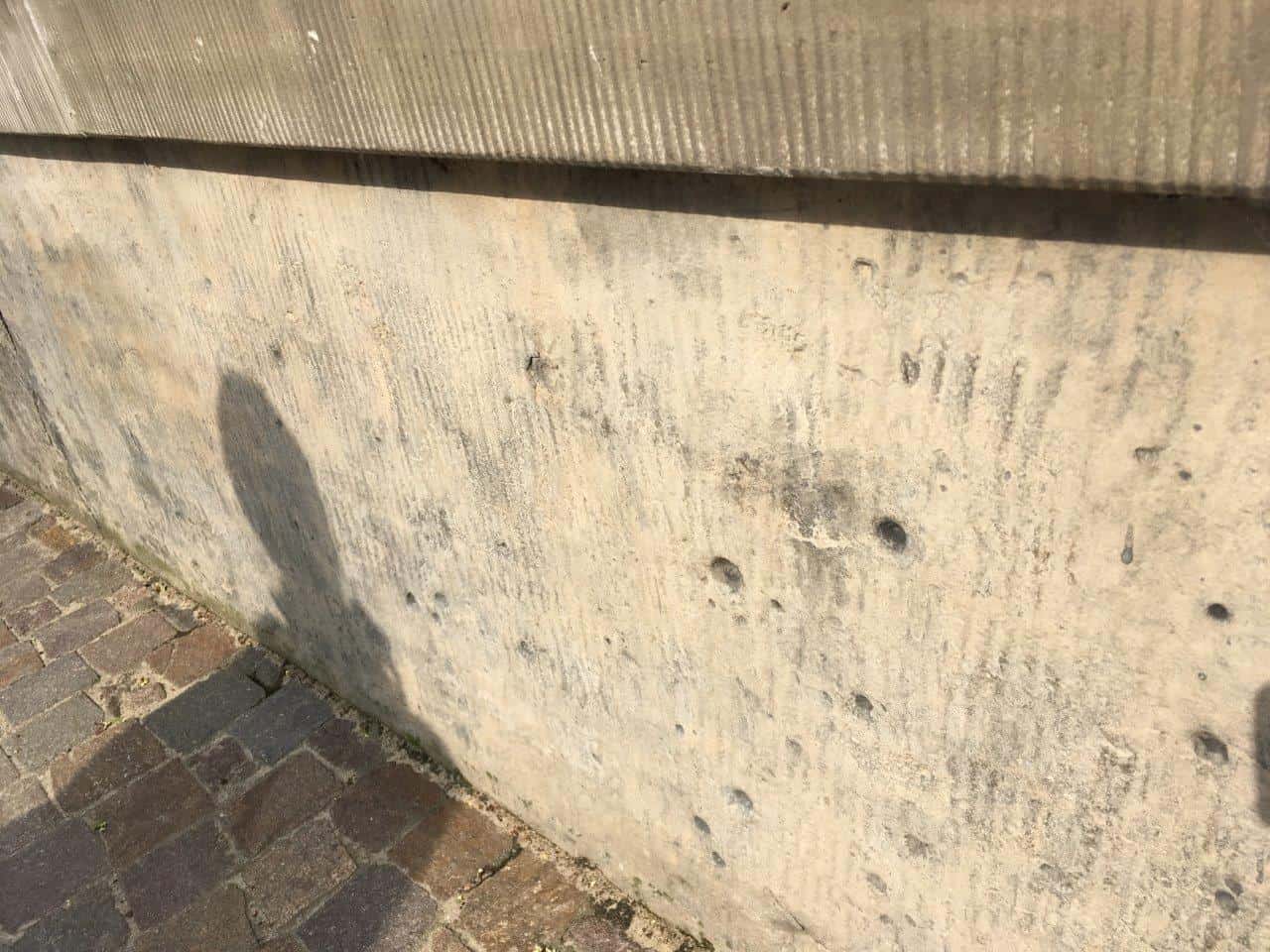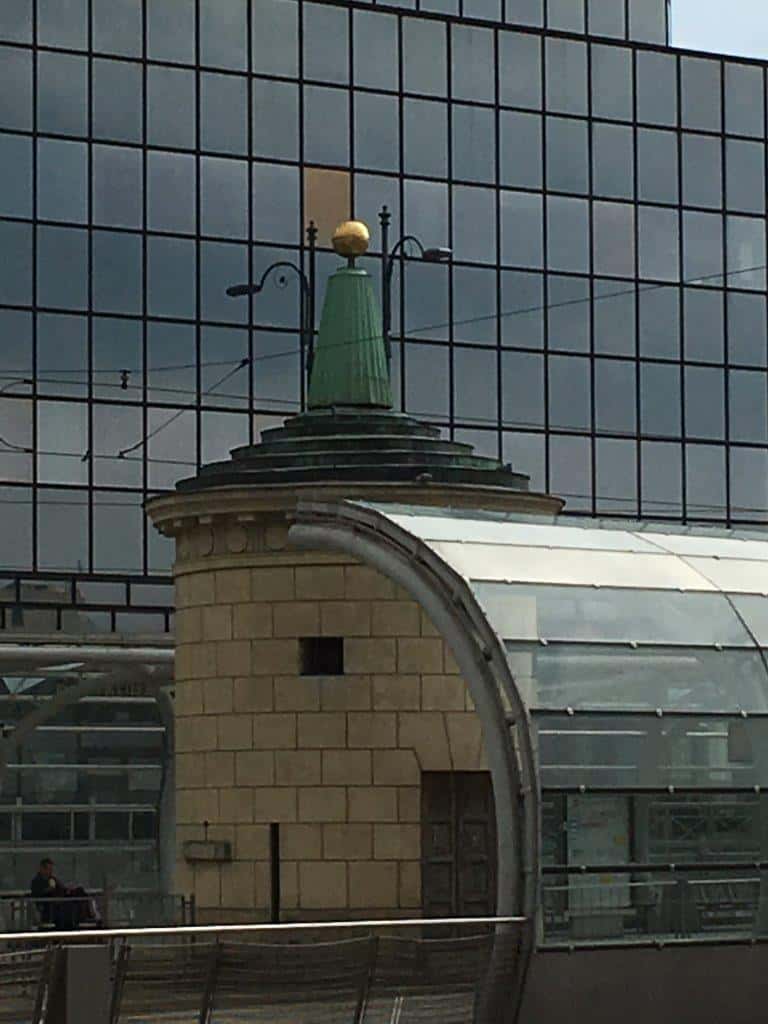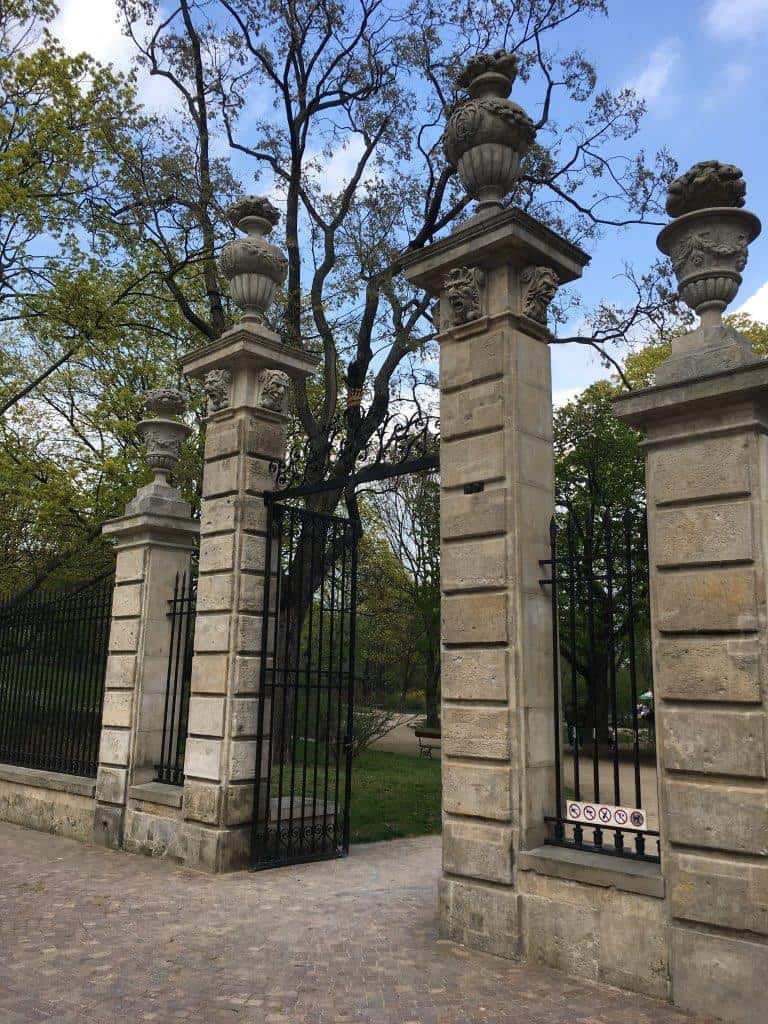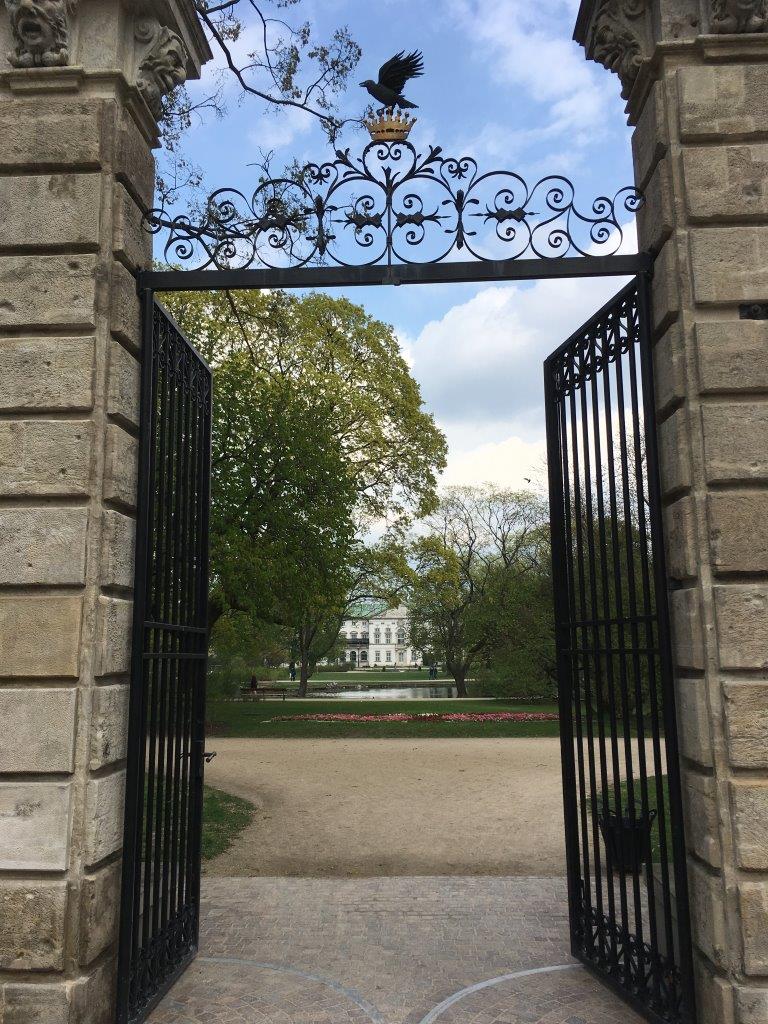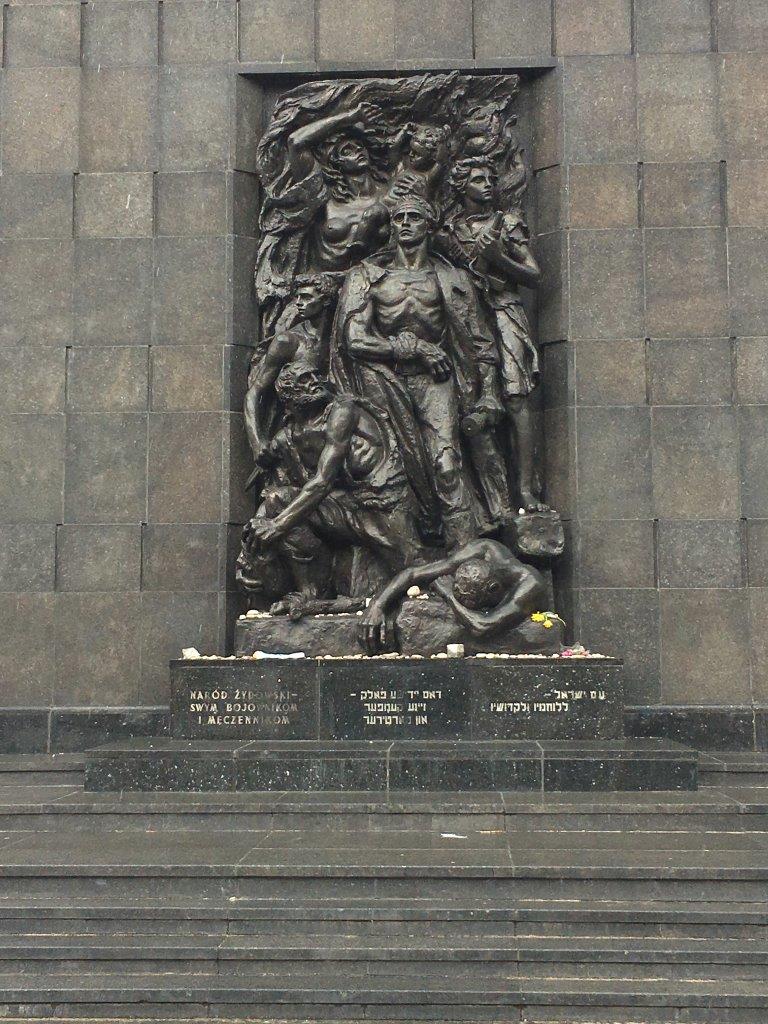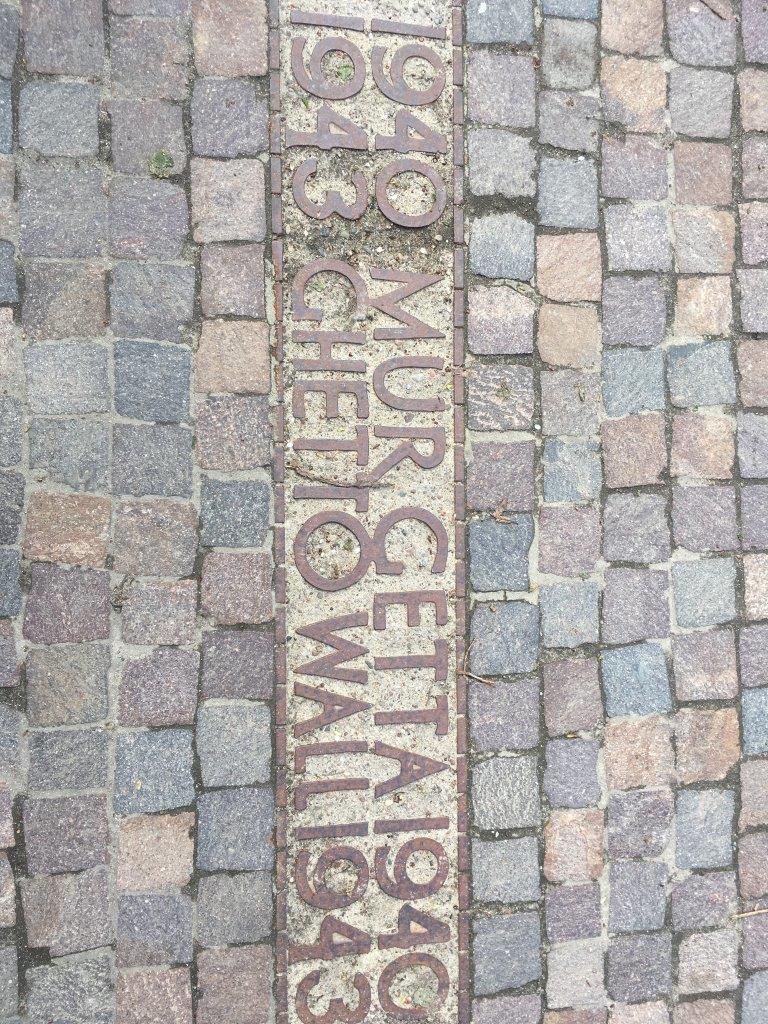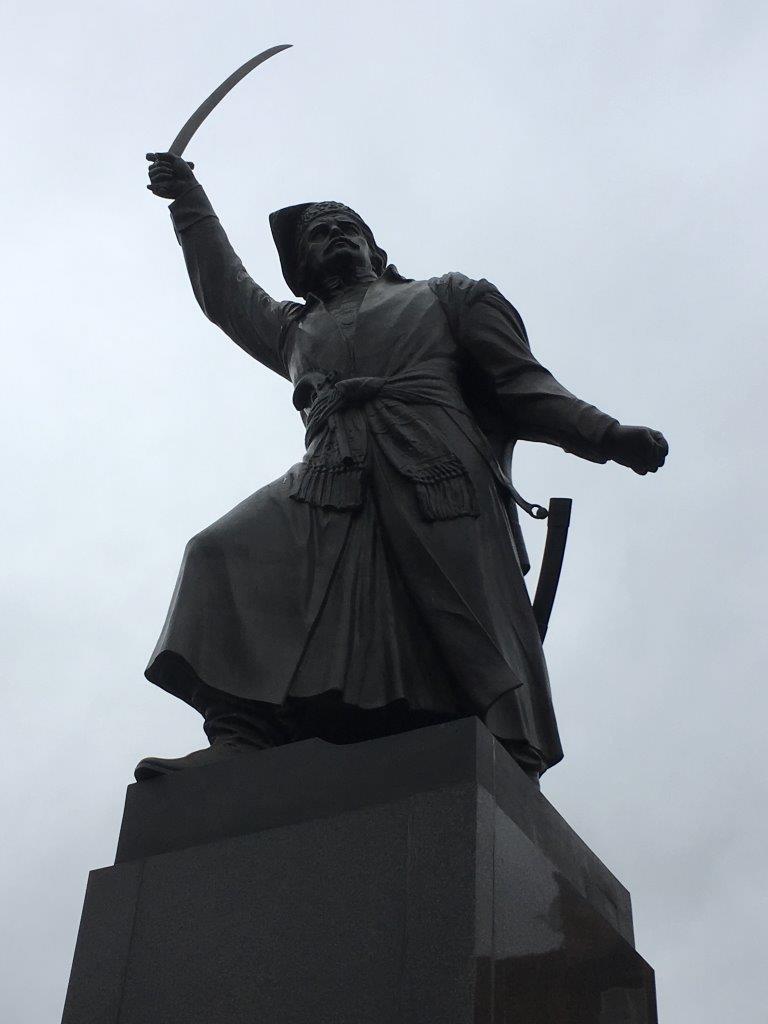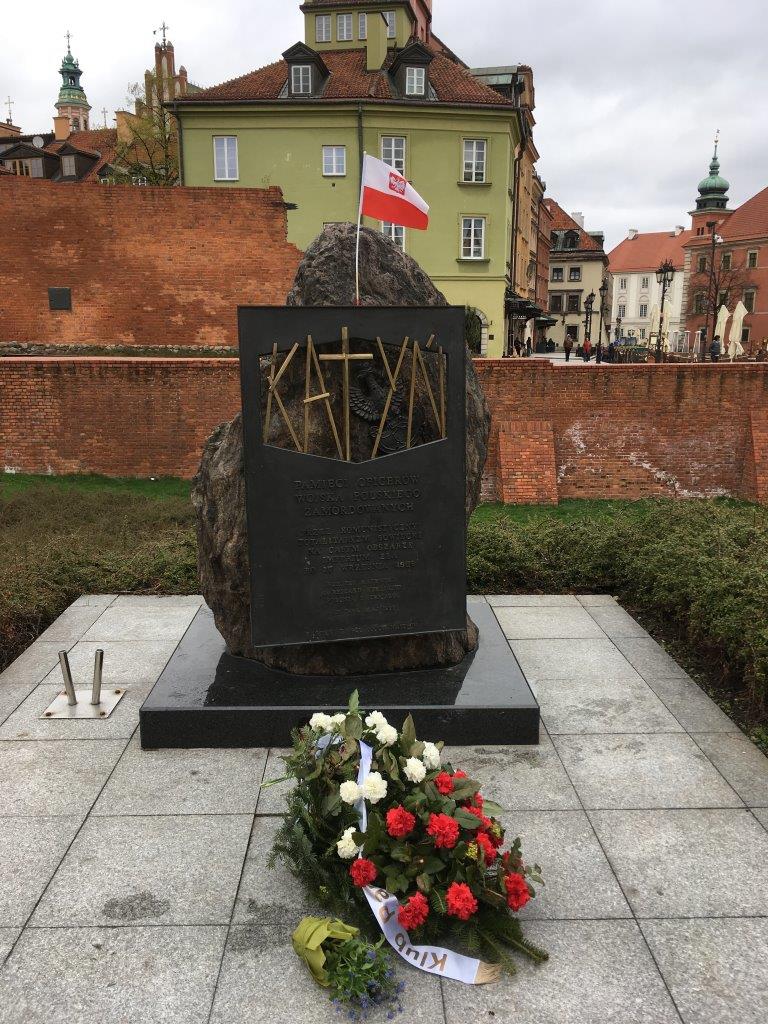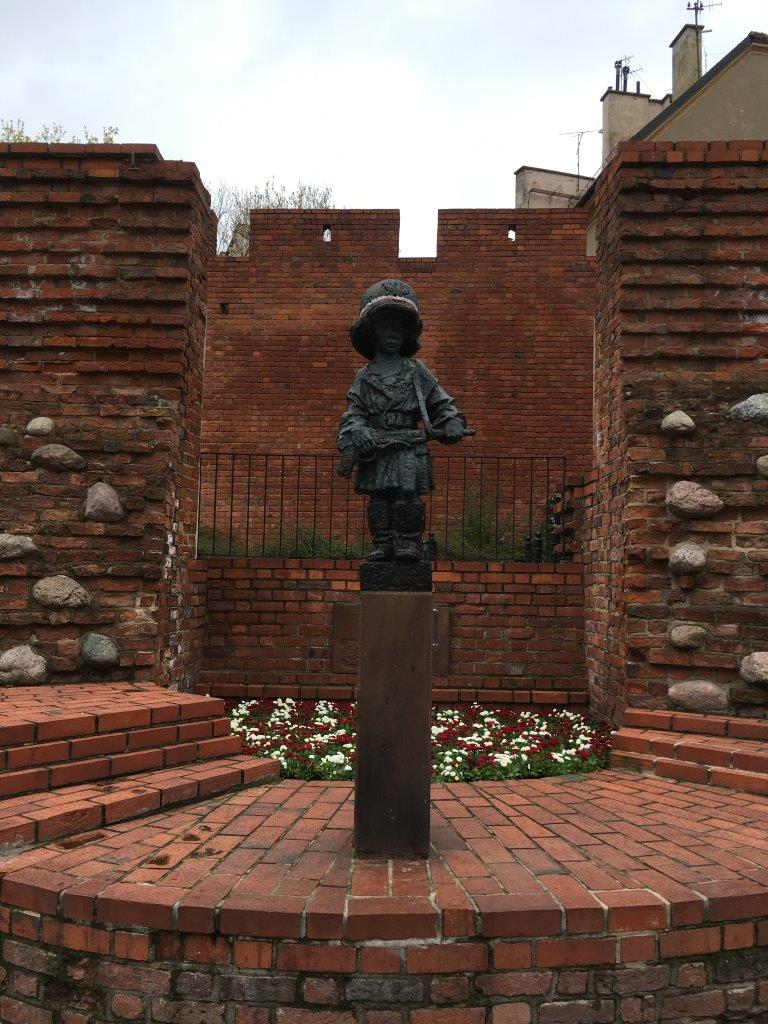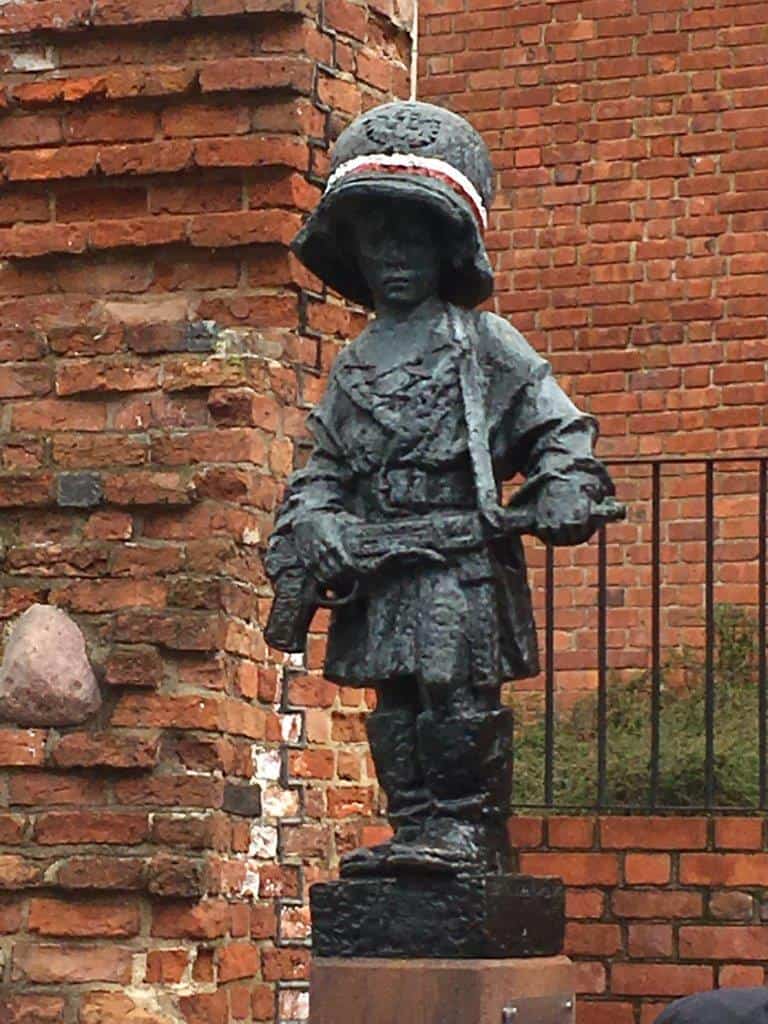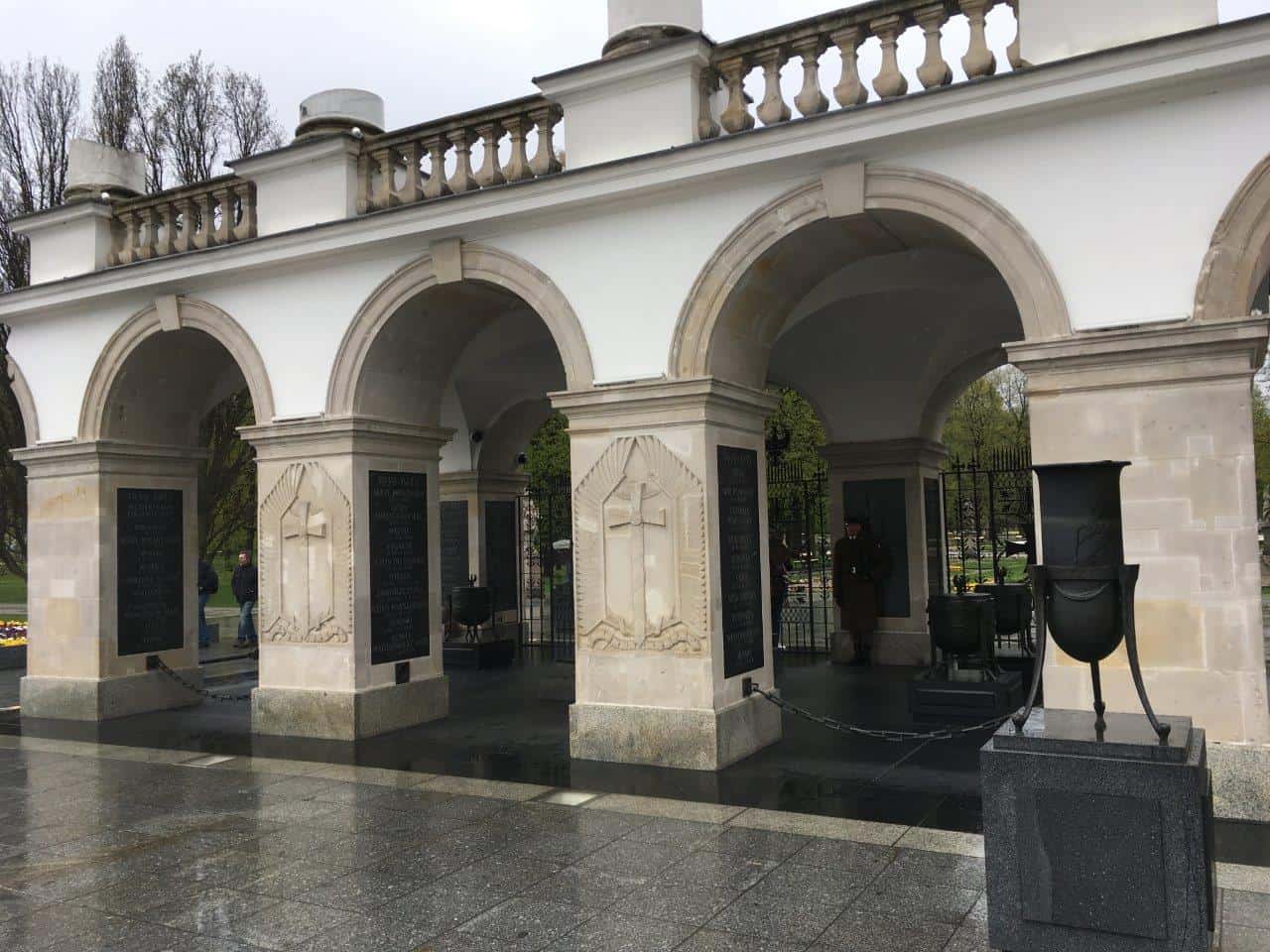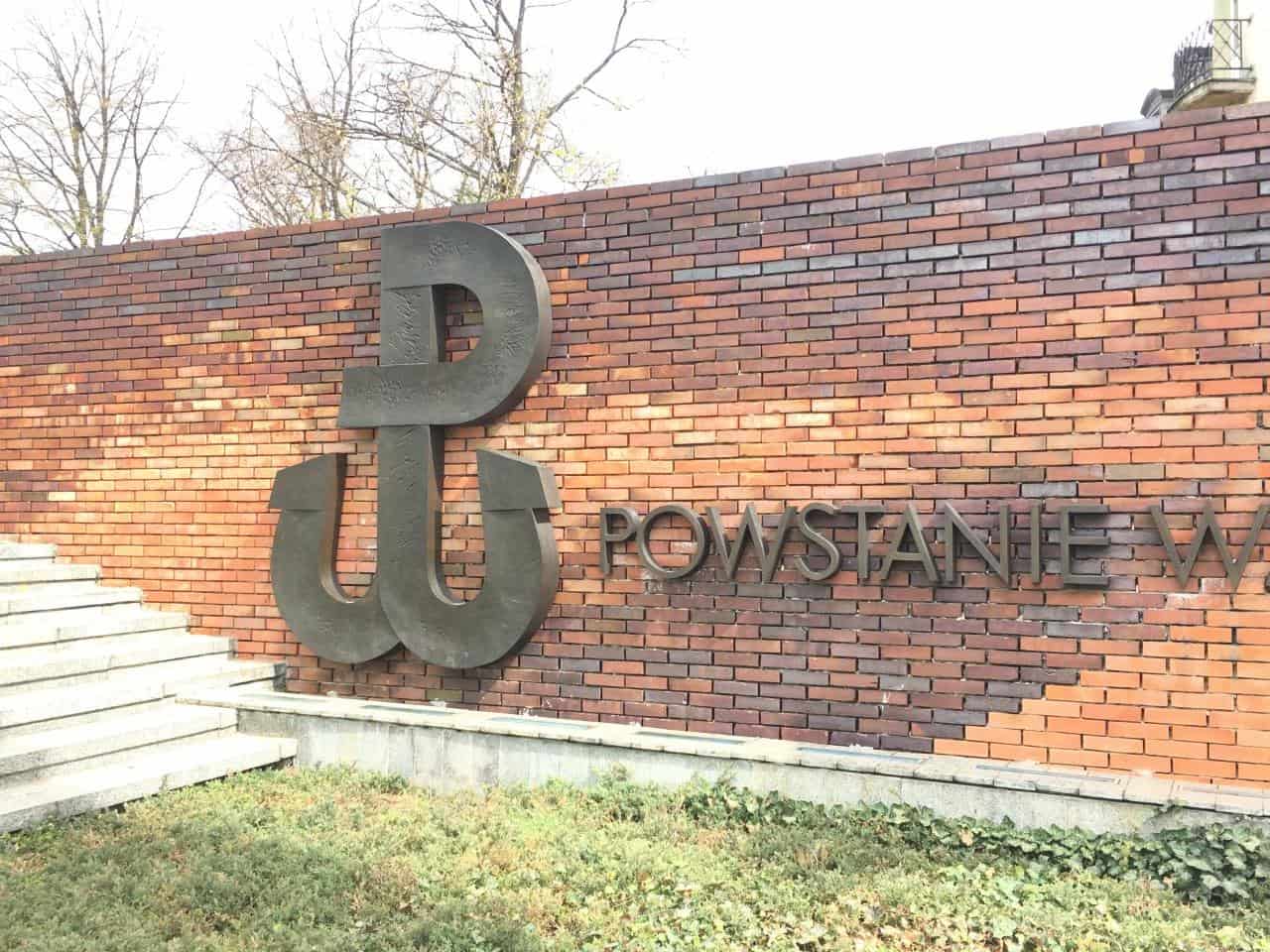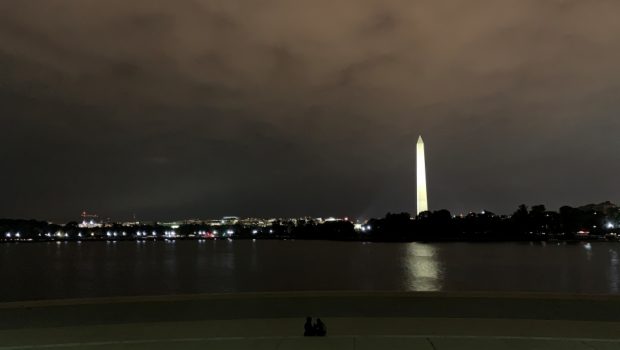Day Zero
I don’t like Luton Airport. It takes forever to get there, there’s nowhere enough facilities for the volume of passengers and the whole place feels like a shack in the middle of nowhere. Dire. However, its cheapness is why the budget airlines fly from there, so I endure one of life’s petty torments on my way to Warsaw. Heh: maybe that should be their slogan. Luton Airport: one of life’s petty torments.
I arrive incredibly late by my standards – half past midnight touchdown. There’s half an hour to get through passport control and then I’m expecting a half hour wait for my transfer to leave. The terms and conditions of my airline arranged transfer stated that the transfers meeting flights from midnight to 1am would leave at 1:30am so despite being through much earlier I resign myself to a wait in a van in the carpark. They don’t tell you that before you book, of course. Otherwise you would say screw that I’m taking a cab.
Anyway, the instructions to find the transfer van are excellent and the driver sees me approaching and holds up a sign with my name and three others. I indicate which one is me and confirm the hotel name where we are headed and get in the van. The driver says hello and welcome to Warsaw in a thick accent and then pulls out.
I’m surprised – assuming we’d still be waiting for the other three names on his list, but say nothing. Maybe he’d picked them up already, maybe they had cancelled, maybe we’re going to a different terminal – I don’t really care, we’re moving and I figure that means I’ll be on my way to the Hotel MDM that much quicker, where I meet Ange after she had been staying at the Dream Hostel.
The next day we discover the first thing you need to know about visiting Warsaw in Easter. Don’t. Everything is closed. With limited options we decide to go with the only things which are operating: the free tours, which all leave from either the fake palm tree or the old town.
Day One
We start with pre-walk meal of Russian dumplings.
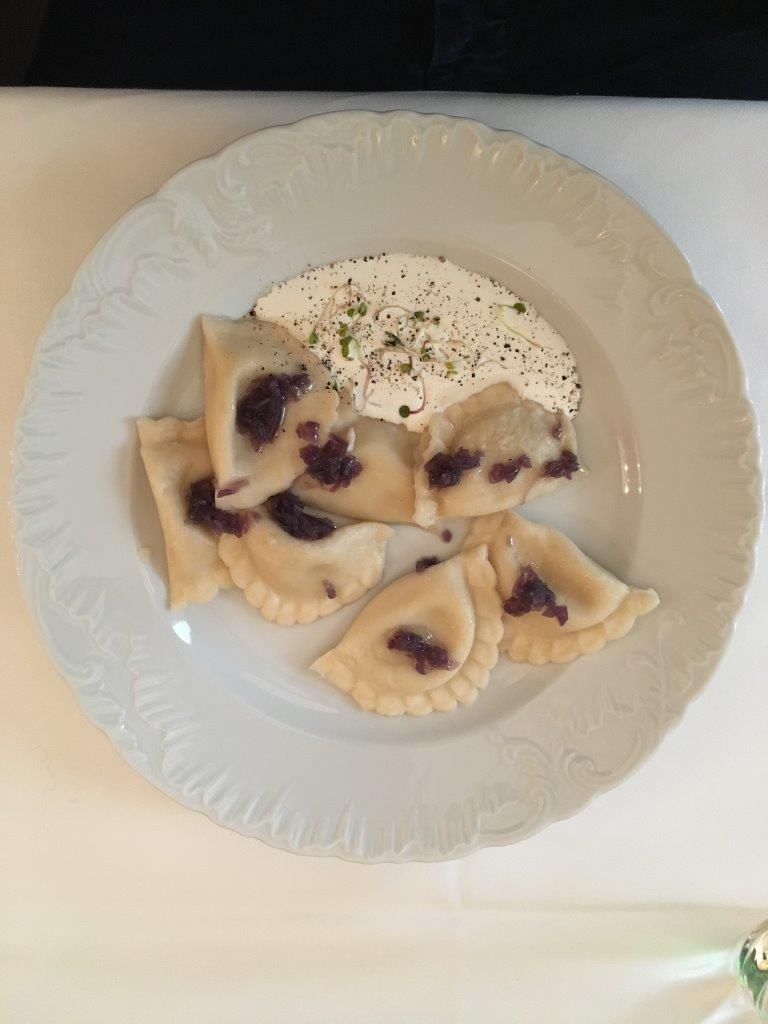
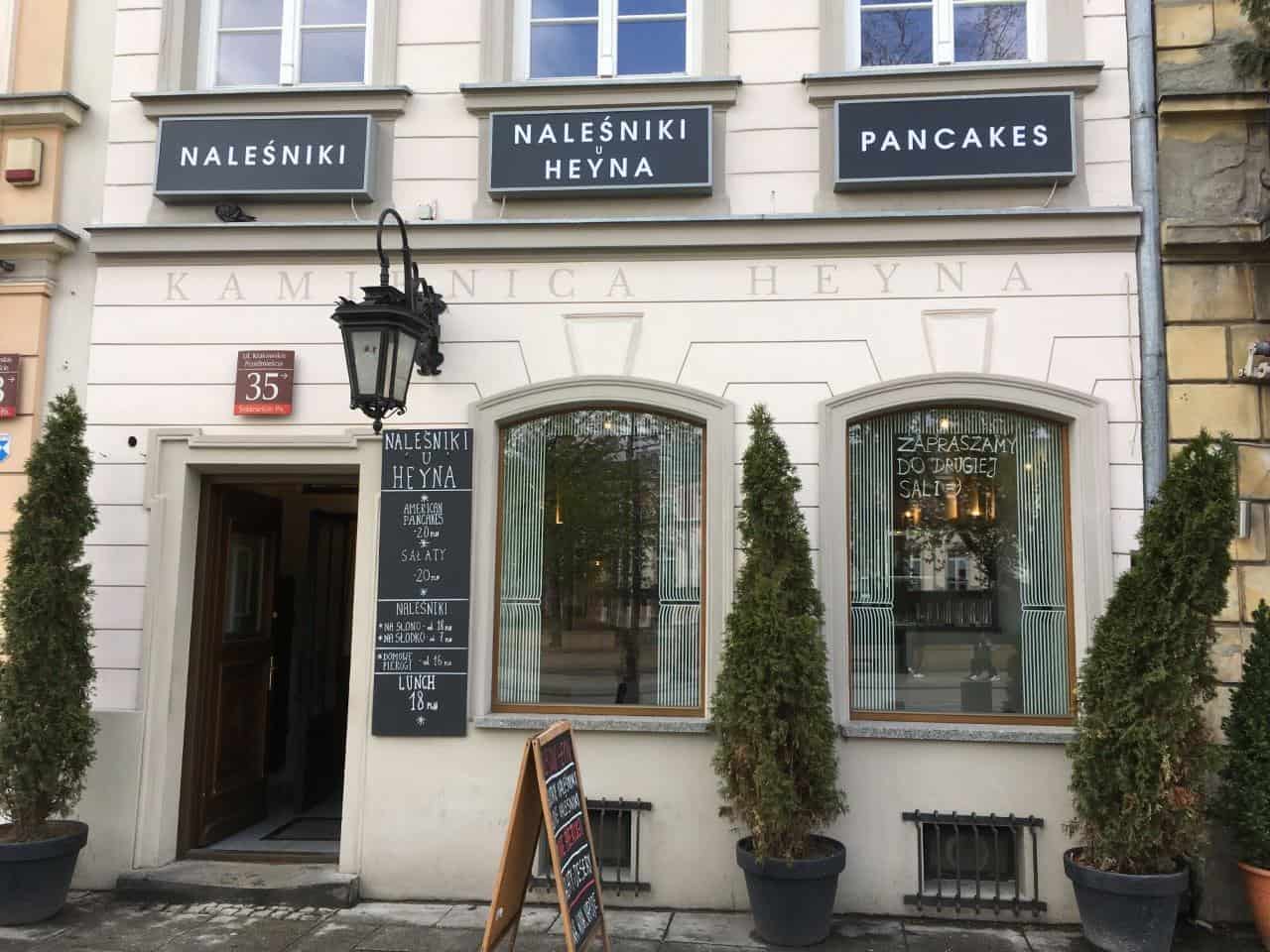
Warsaw Old Town Walking Tour
We meet the guide at Sigismund’s Column in the middle of the Old Town, and spend two hours walking around what turns out to be the not-so-Old Town. Rebuilt according to paintings of how the Old Town looked before the total destruction of World War II, me and Ange have differing opinions on it. For Ange, rebuilding the city exactly how it was before the War is the ultimate display of defiance. For me, form follows function – the architecture of a city is an organic reflection of culture and changes stack up upon each other over time exposing the different styles at the time of building. So for me, while I acknowledge Ange’s point, there’s a certain… authenticity which rankles.
The walk itself is a great introduction to the city of Warsaw – how it got its name, the legend behind the city’s emblem (a mermaid? this far from the sea?) and of course a brief explanation of the fraternal competition with Krakow.
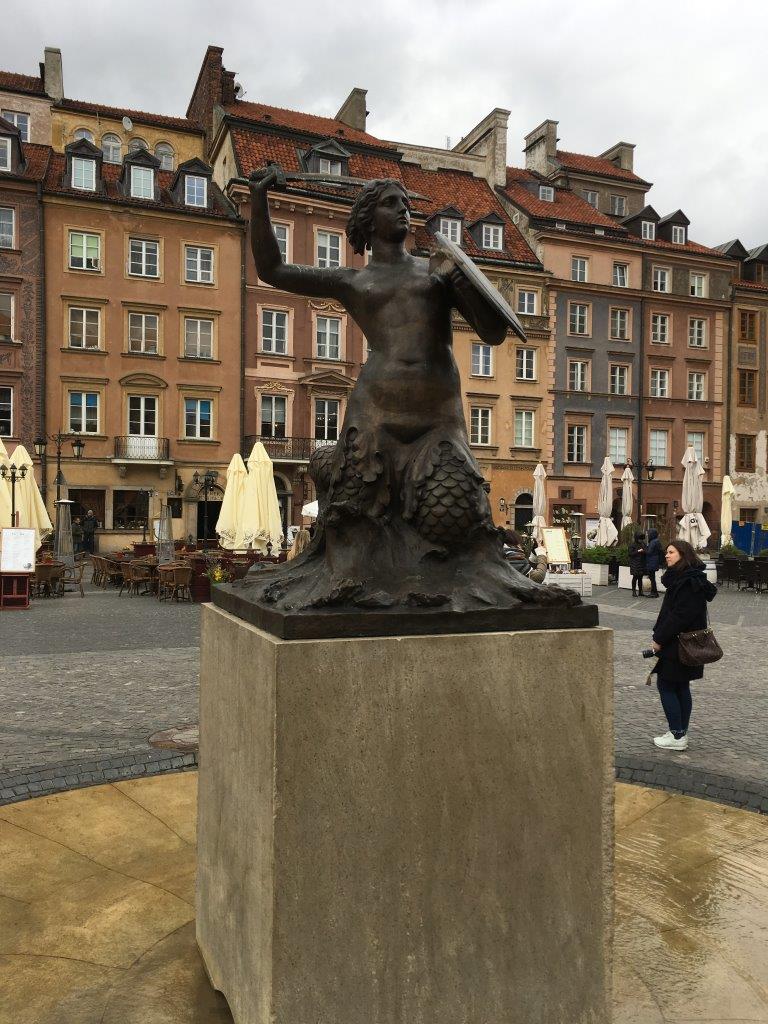

And after the walk we fight off the cold with a hot drinks and shared snack at Cafe Trakt. I stare longingly at the pavlova but restrain myself.
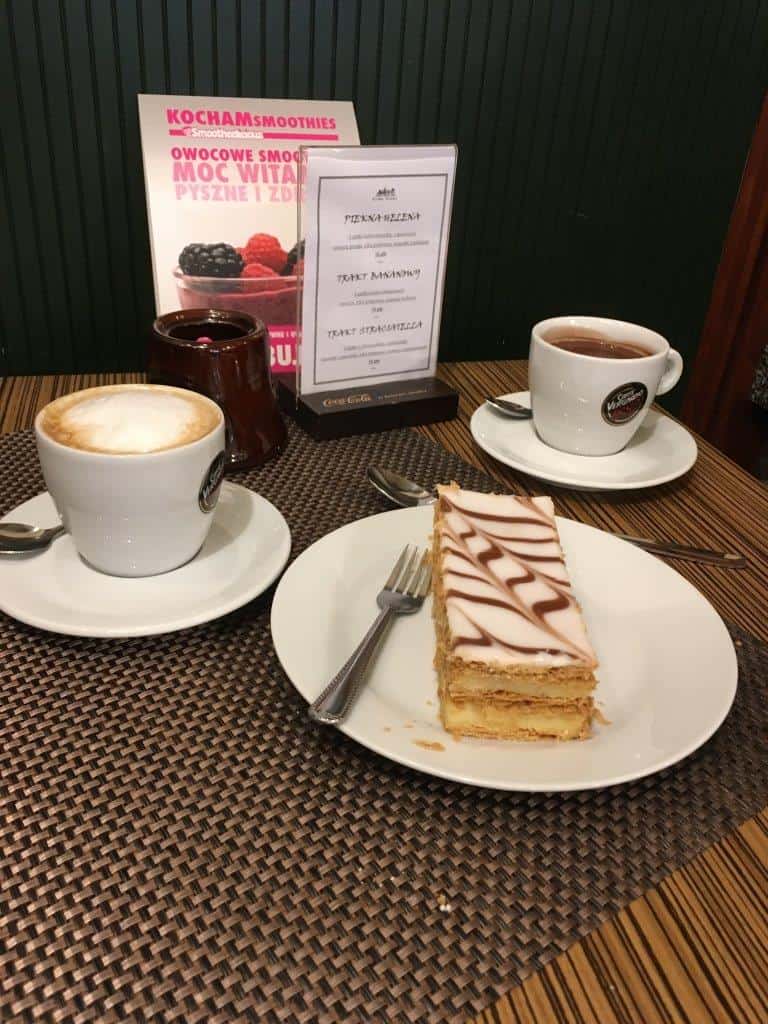
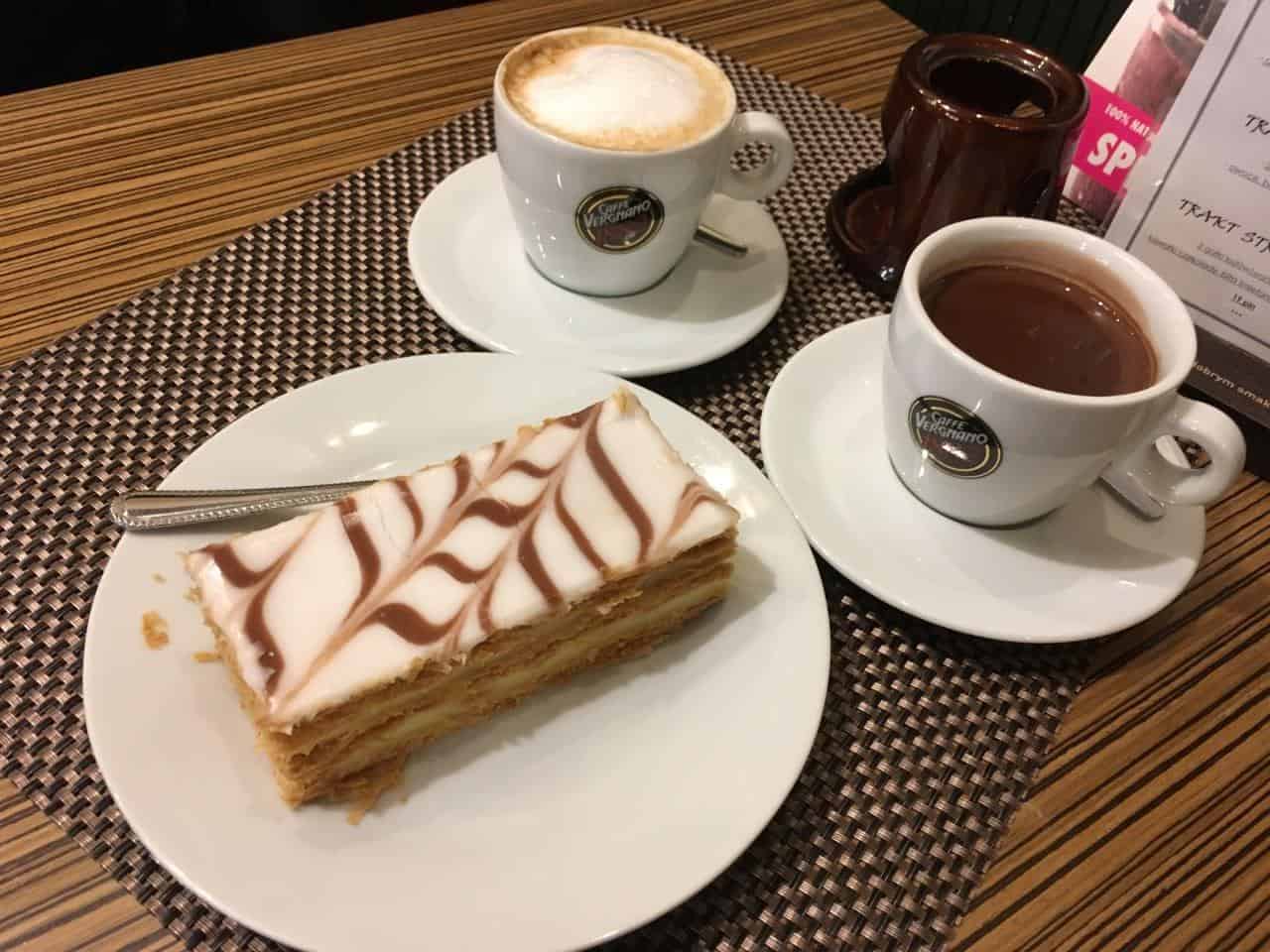
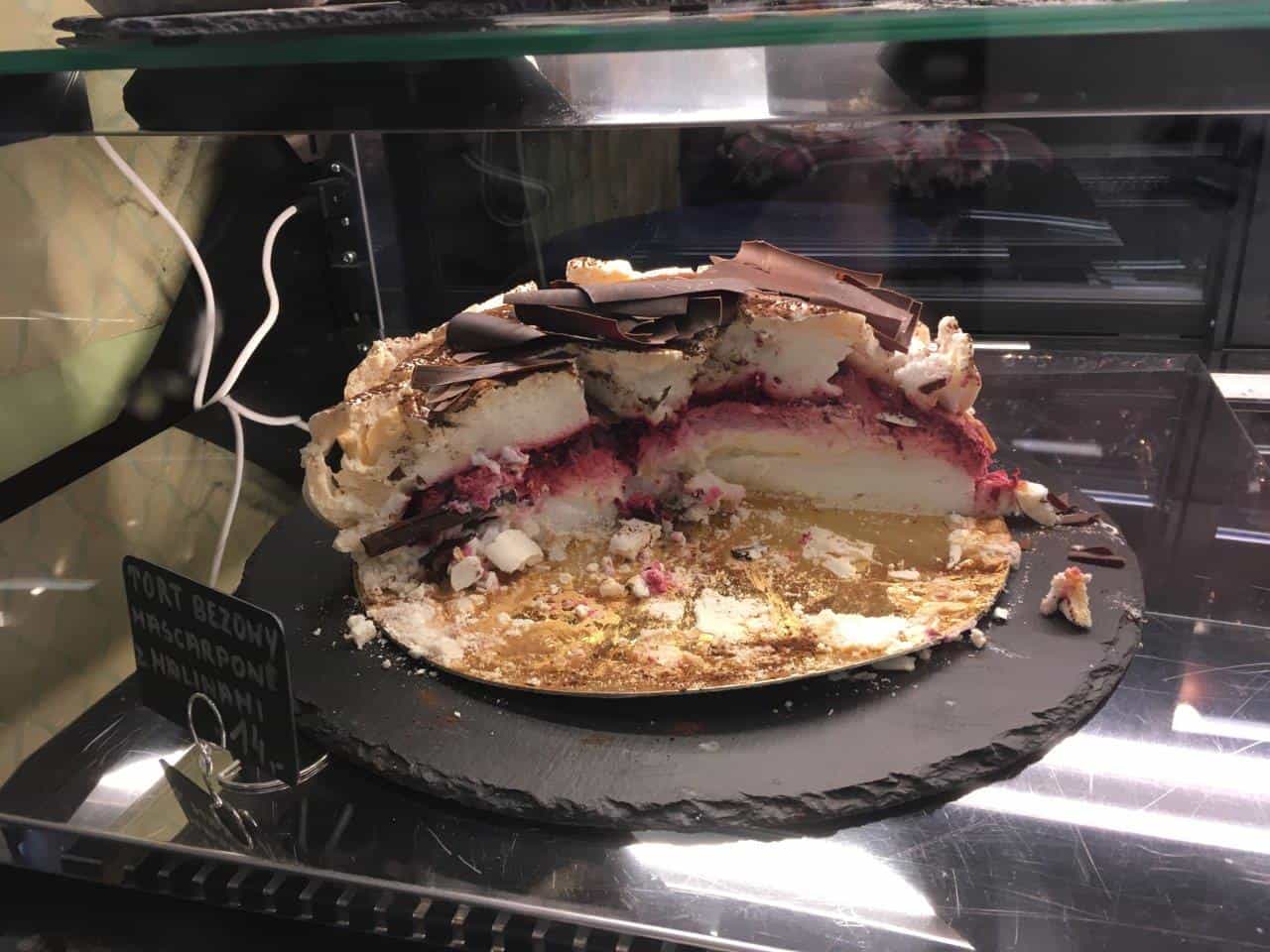
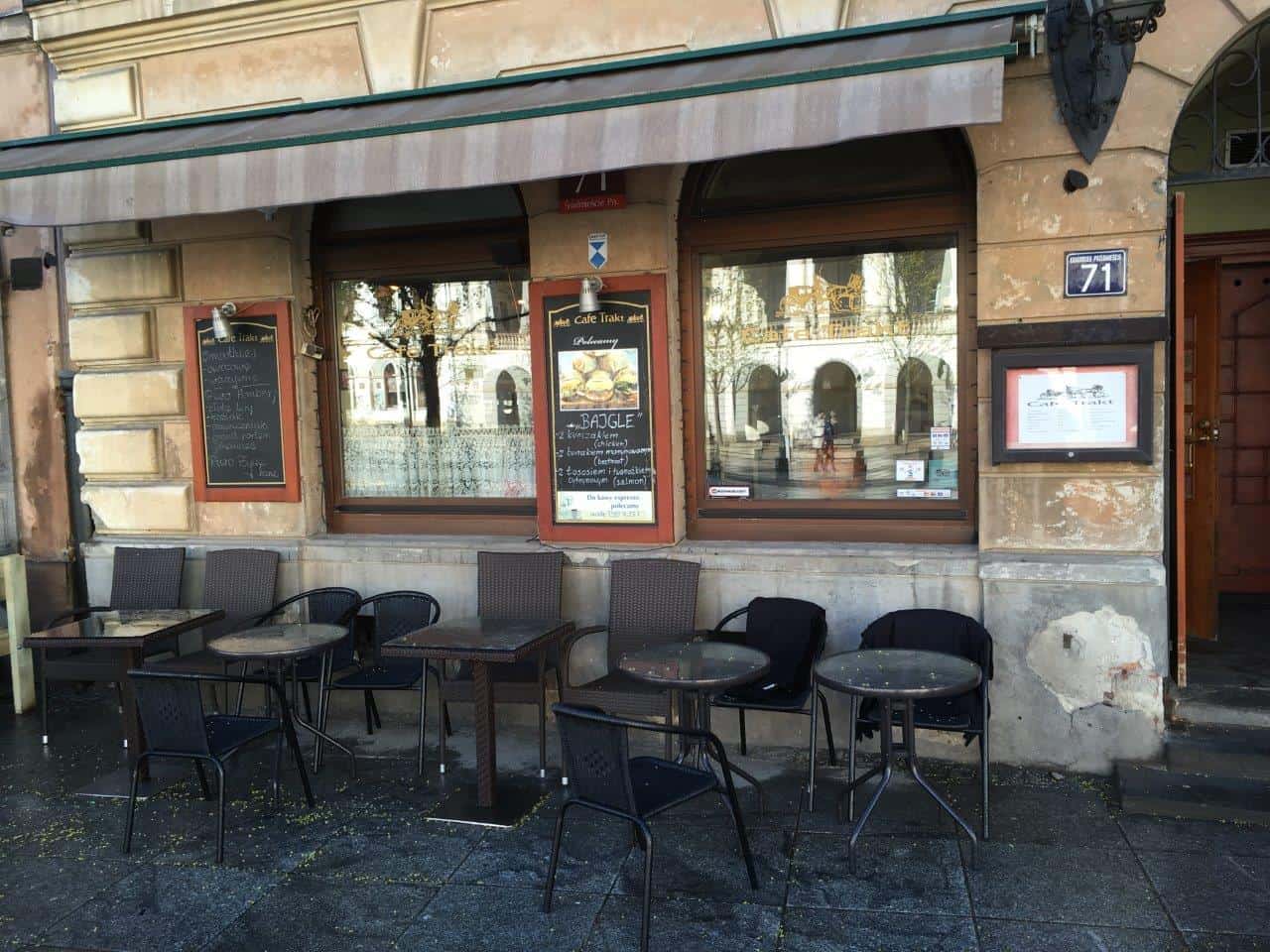
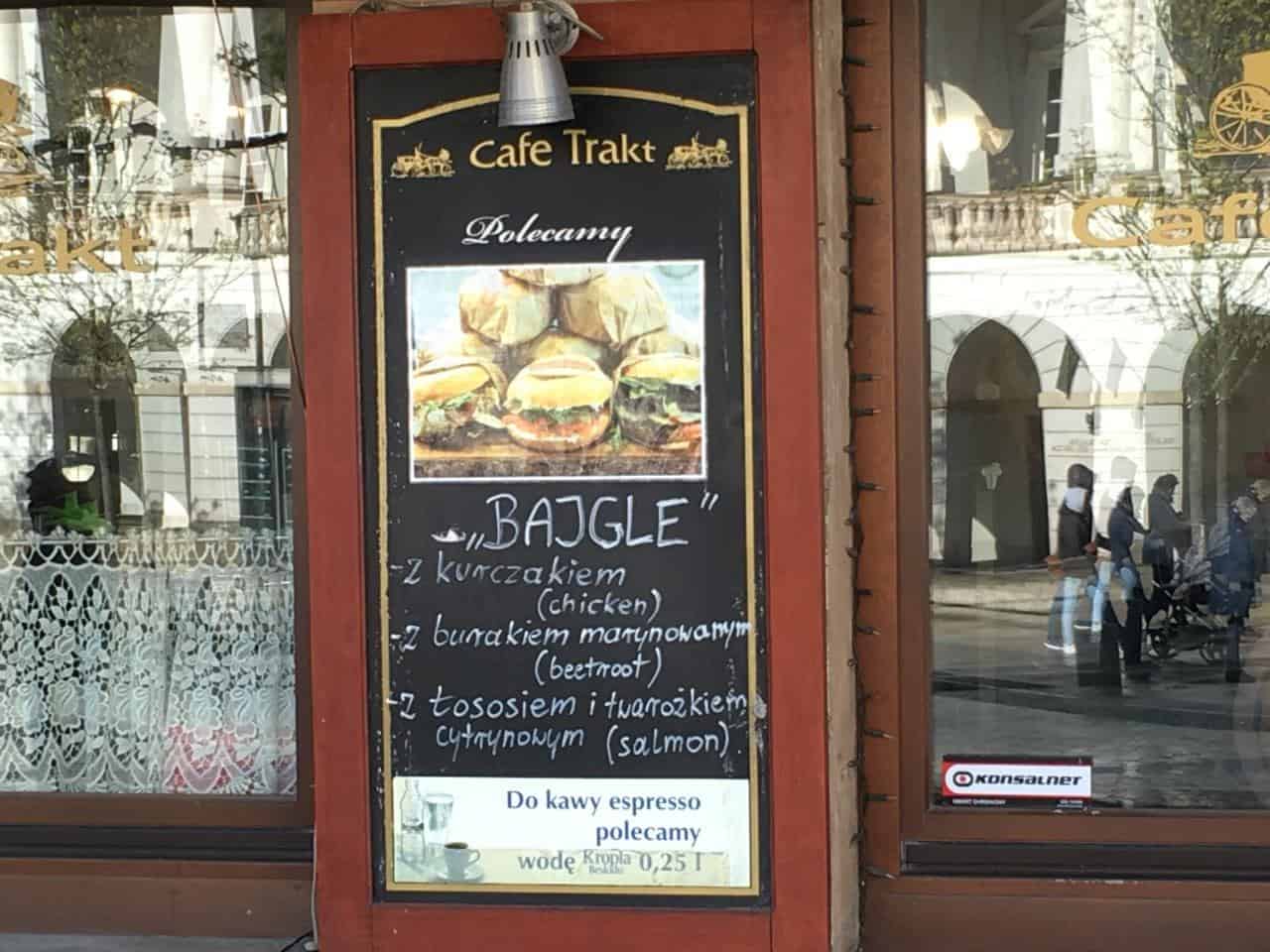
Day Two
Jewish Warsaw
Another tour: some dark subject matter which our guide does a great job of delivering. It’s certainly not a fun tour – and you’d certainly think twice about bring kids on it, but it’s really fitting to walk the areas we’d only heard about, and see the communist-era apartment blocks which were built on the rubble of the ghetto. The communists weren’t interested in acknowledging the history of the city when they took over after the war and it’s only in recent times that people are rediscovering the events that took place.
One of the stops is to commemorate the creator of the Esperanto language. Thousands of people still speak Esperanto, and its supposed to be an elegant language. I think the reason its never taken off is that language is an expression of culture. And so an artificial or manufactured language doesn’t have a culture to reflect so will always struggle.
Day Three
Warsaw at War
Our last tour takes place in the chilly wind and rain, and it is a testament to the tour guide’s abilities that not one of the people on the tour elect to retreat to warmer environs. The Poles are justifiably proud of their contributions to the war effort, and there are some Herculean efforts including a twenty hour escape through the sewers after the Ghetto Uprising, marching from Russia to Italy (via Iran and Palestine) to defeat the Germans at the Battle for Monte Cassino, and Wojtek a very special soldier who ended his days in the Edinburgh Zoo.
The weather has turned truly bitter so we pause for something hot before heading home. Nothing is open, so we end up back at one of the coffee chains. Angela puts me in charge of selecting drinks and a snack as she sits at a table to reserve it. I’m not sure she approves of my comically large hot chocolate until she starts drinking it…


In the evening we again cannot find any restaurants open. We leave it too late, as most close by 6pm – the KFC we had our eye on as a backup should all else fails turns out to have closed at 4pm. The only places open are the coffee chains, so we head back to the one closest to the hotel. And OMG. I have the best pavlova I have ever tasted.
New Zealanders and Australians have a good natured disagreement in which country invented the pavlova. We agree it was named after a Russian ballerina, and that it consists of meringue and cream, but the one that we get in Warsaw has a layer of what we think is mascarpone cheese in it. Normally a slice of pav is all sweetness – alleviated somewhat with the fat from the cream, but by and large it is overwhelmingly sugar. The mascarpone has a creamy texture and complements the sweetness deliciously. 
Day Four
Yesterday we discovered that the Warsaw Rising Museum wasn’t in fact closed today, and that Ange’s train departure time would allow us to visit the museum. We then head to the Central railway station, Ange to head to Krakow, me to catch a bus to the Airport and return to London.
